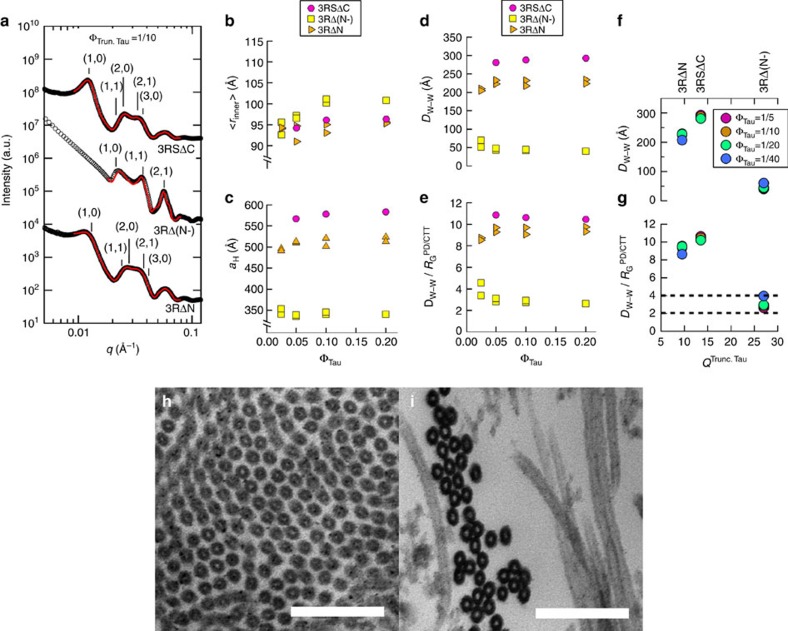Figure 3. SAXS and TEM of microtubules assembled with truncated Tau show widely and tightly spaced microtubule bundles.
(a) Azimuthally averaged SAXS data of truncated Tau exhibits scattering consistent with widely spaced (3RSΔC (missing CTT, top line-shape, q10=0.0126 Å−1) and 3RΔN (missing NTT, bottom line shape, q10=0.0139 Å−1)) and tightly spaced [3RΔ(N-), (missing anionic section of PD, middle line shape, q10=0.0213 Å−1)) hexagonally ordered microtubules. (b–e) Line-shape analysis of the SAXS data (resultant fits in red in a) yields <rin> (b), aH (c), Dw–w (d) and Dw–w normalized by RG of the PD (3RSΔC), remaining PD (3RΔ(N-)), or CTT (3RΔN) (e). Parameters plotted are the result of line-shape analyses of two representative data measurements after 12 h to ensure equilibration, with samples made from independent tubulin purifications and Tau expressions/purifications. For the 3RSΔC sample, one representative data measurement are plotted. (f,g) The average Dw–w and Dw–w/RGPD as a function of truncated Tau net charge (QTrun. Tau) reveals a disparity in the data for 3RΔ(N-), when compared with WT Tau (Fig. 2f,g), indicative of a different interaction regime between microtubules, likely induced by correlated density fluctuations. (h) TEM of widely spaced microtubule bundles (Φ3RΔN=1/20) despite a lack of an entire NTT (and thus, lacking the projection domain). (i) Closely packed microtubules (Φ3RΔ(N-)=1/20) upon elimination of the anionic component of the projection domain suggesting an interaction mediated by correlated density fluctuations of the overall cationic 3RΔ(N-) on the microtubule surface. Scale bars, 150 nm (h,i).

